Currently, the trend of sewing clothes at home is becoming more and more popular. Sewing costumes at home both gives you the freedom to create costumes to your liking, while saving costs. Want to design your own outfits? Want to make your own outfits at home? Creating your own for the first time? Let’s refer to the article below to pocket right away 6 basic steps to sew clothes at home!
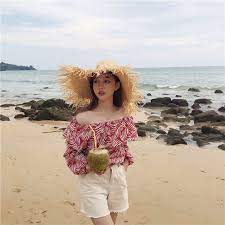
The advantages and drawbacks of sewing clothes at home
The advantages of sewing clothes at home

Sewing clothes at home will help you actively design clothes to your liking.
Besides, sewing clothes at home also helps you choose the standard color as desired.
In addition, sewing clothes at home helps you minimize the difference in actual measurements compared to pre-ordered clothes online.
Moreover, sewing clothes at home also saves sewing costs.
Limitations when sewing clothes at home

- For those of you who are not proficient, it will be easy to have broken sewing, easy to repair a lot and the costume form is not standard with the original design
- Besides, buying fabrics yourself at home will buy fabrics at a higher price than buying bulk for wholesale.
- Not only that, making your own clothes at home also takes a lot of time and effort to prepare materials and sew costumes.
6 steps to sew outfits at home
See also:
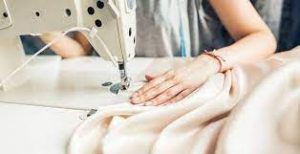
Step 1: Prepare the fabric
First of all, as you can also see for garments, fabric is the main material, mainly to create products.
Not only that, the selection must also be directly related to the function and purpose of using the product. For example, if you choose to sew clothes for restaurant staff, the nature of having to travel a lot, the fabric must be cool, lightweight, absorbent to sweat.
Or if you choose to sew protective clothing for workers at the construction site, you must consider giving priority to dense fabrics, resistant to abrasion and rubbing, but still meet the spacious and comfortable nature for the convenience of workers to move, …
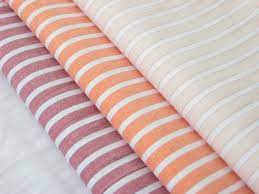
Besides, choosing a clear source of fabric of clear origin is also extremely important. Because garment fabric is garment on the body, the surface of the fabric material is in direct contact with the user’s skin. So if the fabric you choose is of unknown origin, poor quality, contains many toxic impurities, it will directly affect the user’s health.
In addition, the fabric material also affects the aesthetics of the costume after the finished product. Whether the garment stands in form or not, whether the color is sharp or not, whether it is durable after washing or not all depend on the fabric material that constitutes the product.
Some notes when choosing fabric
1, Cotton fabric
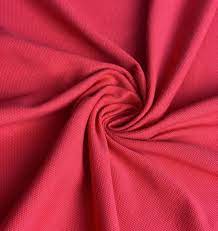
The fabric has mineral properties, good sweat absorption, foam, softness, good elasticity … Very suitable for making costumes for people who have to work constantly, or small children.
Besides, cotton fabric has fast-drying properties, has high durability, suitable as a material for uniforms in many industries.
The fabric surface is quite porous, soft, does not create a feeling of coolness but is still smooth. However, cotton fabric is easy to print, so the fabric is more prone to wrinkles than other fabrics.
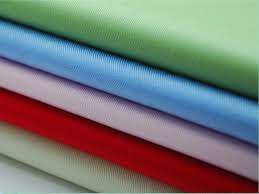
2, Kaki fabric
Kaki fabric has outstanding features that are a thick, durable fabric surface, resistant to friction abrasion, in addition, the fabric still meets the properties of spaciousness, breathability, good sweat absorption,.. suitable for sewing workwear uniforms.

3, Kate Fabric
Due to the composition of cotton fiber, Kate fabric also possesses good sweat absorption, breathability, softness, good elasticity,….
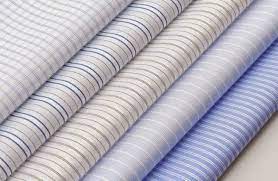
In addition, because the fabric is composed of PE artificial fibers, kate fabric limits wrinkles more than cotton fabric, keeps its form well, is more durable and the fabric surface is smoother. Often applied for sewing uniforms: shirts, casual pants, business dresses ,…
4, Cold spandex
The fabric has outstanding features that are smooth, silky fabric surface, feeling cool to the touch, light, not ruffled,…
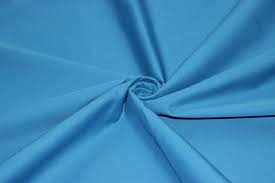
T-shirts made from cold elastic fabric will look at it will feel extremely glossy fabric, beautiful colors,… The fabric has 1-way elasticity, less wrinkling after washing, high durability, less fading even when exposed to direct sunlight.
In addition, cold elastic fabric still faces some limitations such as poor sweat absorption, but the fabric has good breathability, sweat absorbs quickly to dry, limiting heat accumulation to help the wearer feel the airiness and dryness.
Step 2: Measure the size and prepare the mold
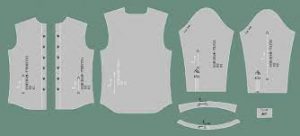
This is an extremely important step because it directly affects the product after sewing the finished product.
In this step, you must accurately measure the measurements of the indicators on the body and then estimate the balance of the measurements on the fabric.
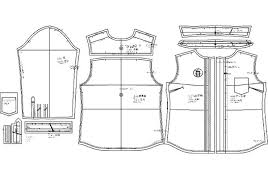
Normally, people will tend to be about 2-3cm wider than the actual measurement.
Step 3: Marinate the fabric and cut the fabric
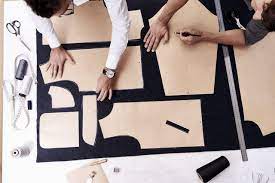
Once you have chosen the right fabric and have specific mold data, the next step is to place the prepared details on the fabric.
Then take pastels to paint on the canvas according to the prepared mold.
Finally, cut according to the painted pastel border to capture the details of the outfit.
Step 4: Sew the details
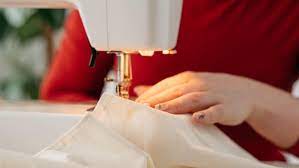
At this stage, we will put the details together, then sew the finished details into the complete costume of the original design.

Step 5: Cut the thread
After the finished sewing product, we proceed to cut the excess threads at the sewing joints.
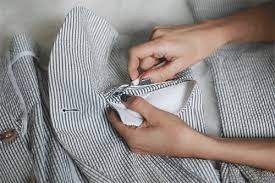
Step 6: Is ironing the product
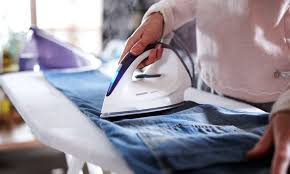
This is the final step of the product, helping the product return to its form, avoiding creasing, grimacing, helping the product become more beautiful.

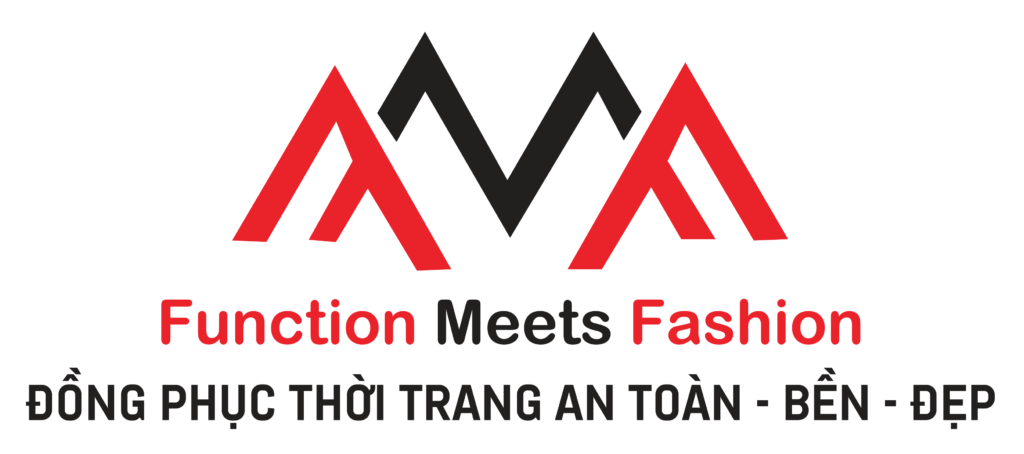























 Tiếng Việt
Tiếng Việt

Sản phẩm
Red And Black Short-Sleeve Workwear Set
Red And Black Long-Sleeve Workwear Set
Blue And Grey Short-sleeve workwear set
BLUE+GREY LONG-SLEEVED WORKSUIT
CHARCOAL+GREY SHORT-SLEEVED WORKWEAR
CHARCOAL+GREY LONG-SLEEVED WORKWEAR
SHORT-SLEEVED REFLECTIVE GRAY WORKSUIT
LONG-SLEEVED REFLECTIVE GRAY WORKSUIT
GREY COORDINATE LONG-SLEEVED NAVY
NAVY POLO JERSEY
POLO BLUE+NAVY JERSEYS FOR MEN AND WOMEN
POLO JERSEY NAVY+WHITE MEN’S/WOMEN’S